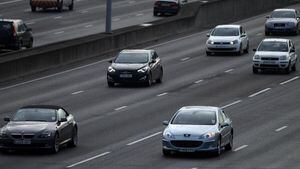Car insurance premiums surge as compensation rules kick in
Drivers across the country are feeling the effects of new compensation rules

Drivers are being hit with higher insurance premiums than ever as the government’s new rules on compensation payouts take effect.
Average car insurance prices have risen by 15.7 per cent in the past year – five times higher than the current level of inflation. Nearly half of the recorded increase took place in the three months up to May.
The rise is being caused by regulators cutting the Ogden rate – how insurance companies calculate payouts in major personal injury claims. However, the rise in insurance premium tax is set to send premiums even higher.
The findings were made by insurance and banking specialists Consumer Intelligence, and took into account the cheapest insurance premiums made by comparing the prices offered for 3,250 people. John Blevins, Consumer Intelligence pricing expert, said: “Price rises had been levelling off at the end of last year but are now rising rapidly as the full impact of the discount rate cut comes into effect.
“Government plans to review the Ogden rate have so far taken a back seat following the election, although there is some relief from plans to push ahead with whiplash reforms announced in the Queen’s Speech.
“However, with the impact of the latest insurance premium tax rise still to come into effect, drivers need to shop around to limit increases in premiums.”
Location still plays a major factor in the calculation of insurance prices. Drivers in Scotland and the south-west of England pay the lowest overall prices, though those in the West Midlands and the south east of England have seen the lowest average price rises. However, drivers in London pay the highest average premiums in the country of £1,000.
The news isn’t all bad, though. Premiums for younger drivers – those aged from 21 to 24 – are rising more slowly thanks to widespread implementation of telematics, or black box technology, with around 62 per cent of policies for young drivers now featuring these systems.





